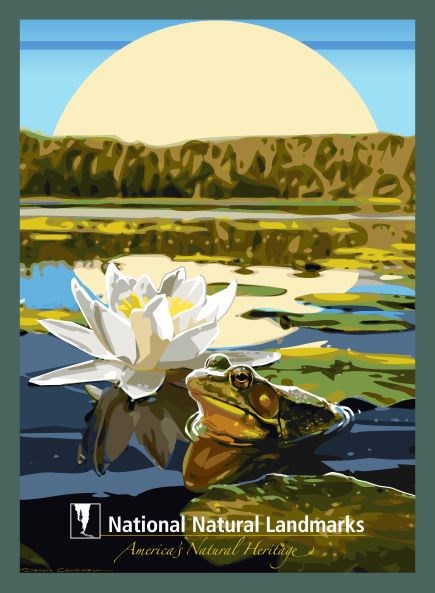
Lakes are created when basins in the earth are filled with water, which can happen a few ways. Glacial lakes are formed from melted glaciers–this is how many North American lakes came to be, including the Great Lakes. They can also be created through faults from plate tectonics, erosion of rivers, or beaver dams. Surprisingly, even volcanoes can create lakes. When the top of a volcano collapses, it sometimes leaves an indentation called a caldera that may fill with rain.
These bodies of water require the right amounts of chemicals such as nitrogen and phosphorous to sustain their food webs. When the balance is off, harmful algal blooms can occur. Certain types of pollution–such as fertilizer runoff from agriculture–can saturate the lake with too much nitrogen and phosphorous, causing cyanobacteria to grow out of control and block other lake organisms from acquiring needed nutrients. In extreme cases, harmful algal blooms can cause hypoxia: the surplus bloom of algae dies, and its decomposition process consumes the oxygen that the lake’s plants and animals need.
There are National Natural Landmarks designated for their lakes and ponds nationwide that illustrate the beauty and diversity of these ecosystems. Some of these include:
-
Walker Lake, AK
-
Willcox Playa, AZ
-
Hanging Lake, CO
-
Paynes Prairie, FL
-
Okefenokee Swamp, GA
-
Kanahā Pond, HI
-
Cupola Pond, MO
-
Sunfish Pond, NJ
-
Big Reed Pond, NY
-
Round Lake, NY
-
Fischer Lake, ND
-
Rush Lake, ND
-
Sibley Lake, ND
-
Lake Lacawac, PA
-
Lake Thompson, SD
-
Red Lake, SD
-
Reelfoot Lake, TN
Last updated: December 3, 2025
